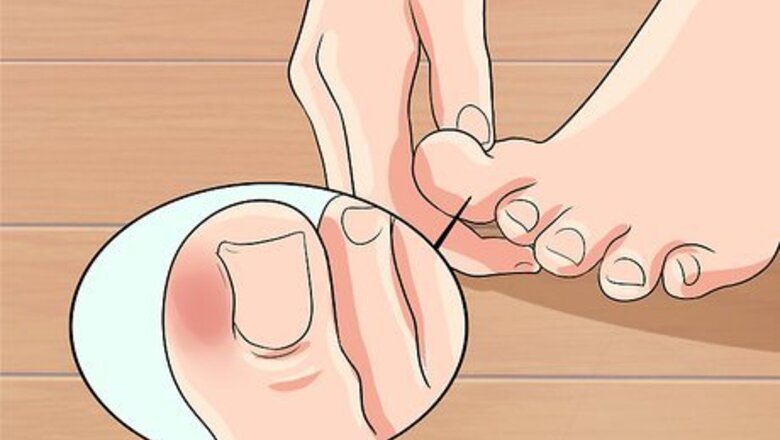
views
- Soak the toe in equal parts warm water and antibacterial soap for 15 minutes once a day. You can also soak the toe in apple cider vinegar.
- Apply tea tree oil directly to the affected area to help clear up a minor infection.
- See a doctor for prescription medication to clear up a serious infection. They may give you oral or topical medication depending on the underlying cause.
Assessing Your Toe Infection
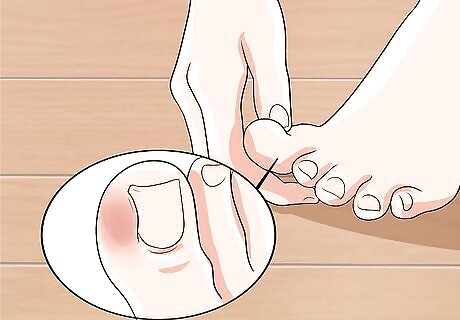
Assess your symptoms. Sometimes, it can be hard to tell what kind of infection you have in your toe and if it is serious or not. It could be a simple ingrown toenail or a more serious infection that could spread into the rest of your body. In order to tell the difference you should assess your symptoms. The signs and symptoms of a light infection include pain and/or tenderness, swelling, redness, and increased warmth in the area. The signs and symptoms of a more serious infection include the formation of pus, red streaks extending from the initial wound, and fever.

Seek medical help if you have the symptoms of a serious infection. Once again, these symptoms include pus, red streaks radiating from the wound, or a fever. If you experience any of these, call your physician for advice right away. A serious infection can move from your toe into the rest of your body. A really bad infection can even put your system into shock and threaten your life. Because of the seriousness of this, it is important to get a bad infection looked at by a health professional as soon as possible.
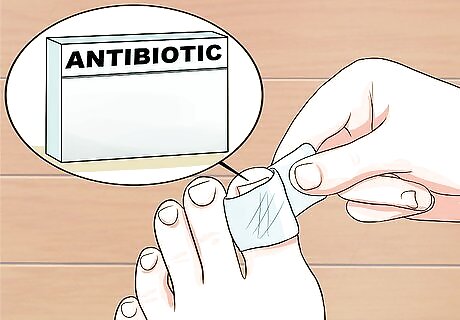
Decide whether a superficial toe infection can be treated at home. If you don't have any of the serious symptoms, but you are in a bit of discomfort, you may be able to treat the infection at home. Like other minor injuries, it might be possible to treat the infection by cleaning the area, applying an antibiotic, and keeping the area bandaged for a few days. If this seems like the case, then go ahead with home treatment. If you have cleaned the area thoroughly, applied a good antibiotic, and kept the area bandaged and clean and it is still hurting, it’s time to get it looked at by a medical professional. If the infection is mild and doesn't seem like a serious risk to your health, you can still make an appointment to get it looked at. Use your own judgement and remember that it's always better to be safe than sorry.
Seeking Medical Treatment

Follow your doctor's suggestions for the treatment of a minor infection. This treatment for an infection will vary based on what is causing the infection. They may prescribe oral or topical antibiotics. However, many times a doctor will simply suggest soaking the toe in a solution of 1-part warm water and 1-part liquid antibacterial soap for about 15 minutes, 3-4 times every day, while keeping the area clean. Soaking helps with the infection and softens the skin to allow the infection to “come to a head." In the case of toenail fungal infections, your doctor may prescribe an oral anti-fungal medication or an anti-fungal prescription nail polish.

Get medical treatment for a serious infection. If the infection is deep and serious, a physician may suggest treating it with a small surgical procedure. This involves a quick surgical drainage of an infection, usually used in the case of an abscess. The physician may numb the toe with lidocaine and then open the infection with a scalpel. Then, they’ll allow the pus to drain. Depending on how deep the infection is, a wicking material may be placed in the wound to allow for more drainage. The doctor will pack the wound with gauze for 24-48 hours. The packing can be removed after this time and the wound is then examined and re-bandaged. Oral antibiotics may be given as well.
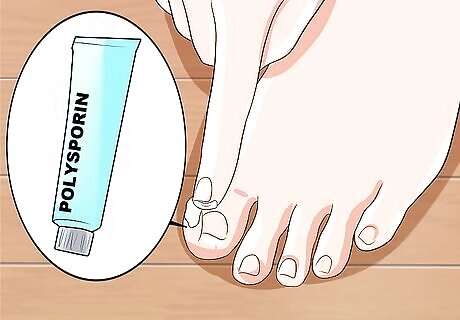
Use medicine to treat a superficial infection. Surface (superficial) infections of the toe can be treated in a number of ways. These include: Soaking: Soaking the toe in a solution of warm water and liquid antibacterial soap is usually recommended. You should soak for about 15 minutes once a day. OTC (over-the-counter) antibiotic creams and ointments for bacterial infections: These include Polysporin, Neosporin, Bacitracin, or a Triple Antibiotic ointment. OTC (over-the-counter) anti-fungal creams for fungal infections: These include Lotrimin, Derman, Canesten, or another anti-fungal medicine.
Using Home Remedies

Use tea tree oil on an infection. Apply the tea tree oil directly onto either a bacterial or a fungal infection. The tea tree oil is naturally anti-bacterial and can help to kill an infection. Tea tree oil has been shown to reduce athlete's foot infections in clinical studies.
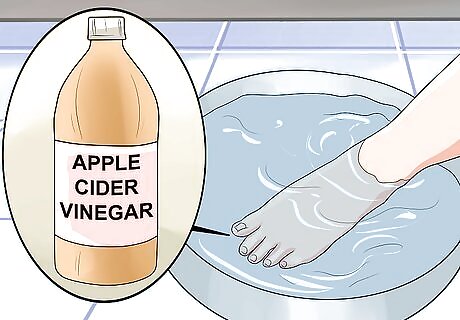
Soak the toe in apple cider vinegar. Do this for 15 minutes every day. The apple cider vinegar can be warm or cold. Use whatever temperature is most comfortable for you. Apple cider vinegar has documented antimicrobial properties, likely at least in part due to its acidic nature. Vinegar in general has been used for hundreds of years for its anti-infection properties.

Apply a garlic paste on the infection. Crush two to three cloves of peeled garlic and mix with either olive oil, castor oil, or manuka honey, which also has anti-microbial properties. Put onto the infection and cover with a bandage. Change the garlic paste out daily. Garlic has natural antibiotic properties that make it helpful for fighting skin infections, such as staph.
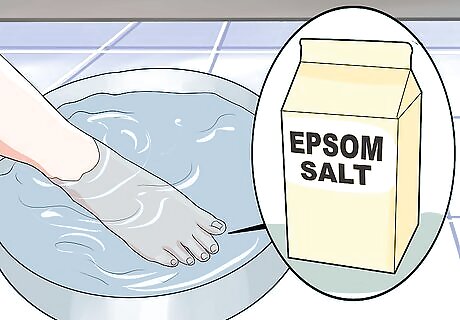
Soak the toe in Epsom salts daily. Add about ½ cup (100 g) of Epsom salts to 3 cups (0.7 L) of warm water. Let your toe soak in the solution for 15 minutes, or until the water gets too cold to be comfortable. The high sodium content of Epsom salt can kill bacteria and treat fungal infections.
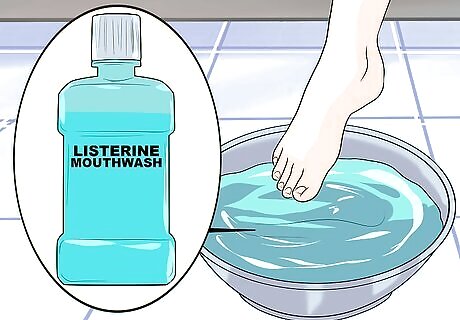
Dilute mouthwash in warm water and soak the toe. Mix equal parts mouthwash and warm water and soak the toe daily. Mouthwash can help with a simple infection because it contains menthol, thymol, and eucalyptol, all of which are natural sources of antibiotics. If you have a toenail fungus infection, a foot-soaking solution made of half mouthwash and half white vinegar can help eliminate the infection.
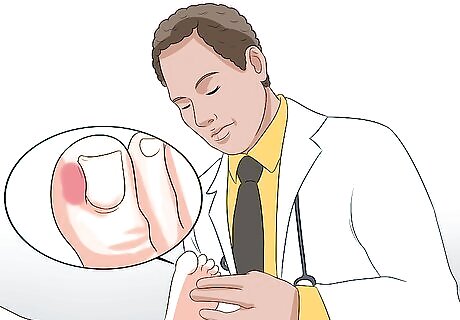
See your doctor if home remedies do not help. If your infection does not improve within a few days of home treatment or it feels like your toe is getting worse, see a doctor for treatment. Do not continue using home remedies if they are not working.




















Comments
0 comment